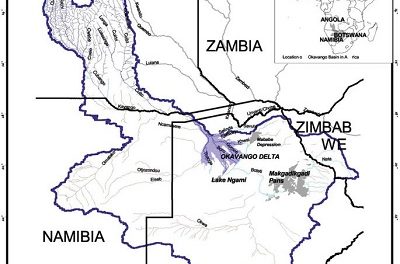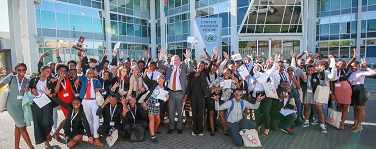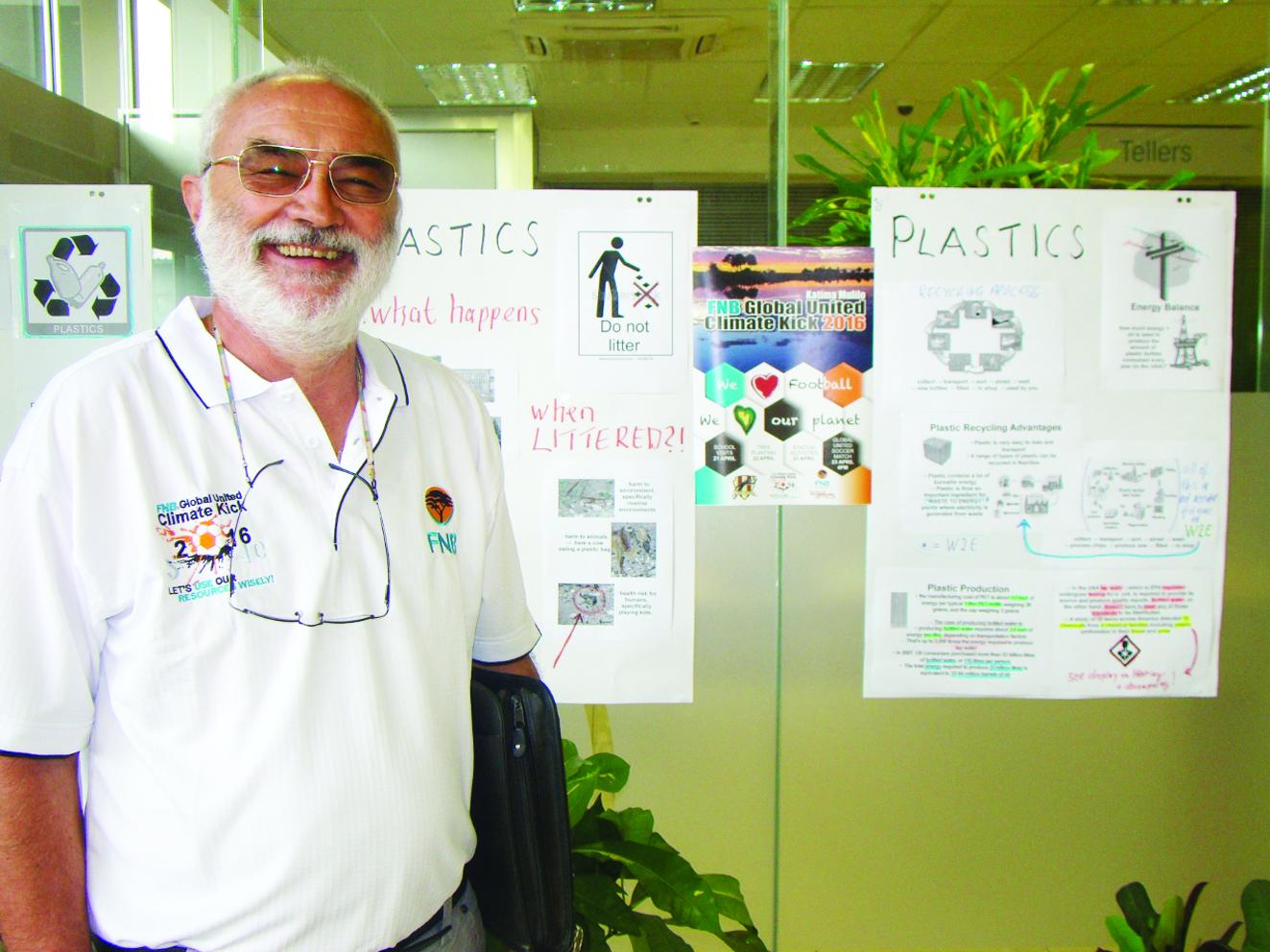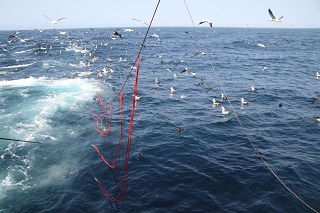
Scientific legacy preserved: Pieter Arnoldus Basson’s insect collection safeguarded by Namibia Scientific Society

In a significant move to preserve and share a wealth of scientific knowledge, Pieter Arnoldus Basson recently entrusted his extensive insect collection to the Namibia Scientific Society.
This valuable assortment, comprising beetles, butterflies, moths, termites, grasshoppers, crickets, spiders, and scorpions, represents a scientifically significant archive that the Society aims to make accessible to enthusiasts and utilize for educational purposes.
The Namibia Scientific Society expressed gratitude to Mr. Basson for his trust in handing over the collection and extended an invitation to its members to explore the diverse array of creatures from the Otavi area. The Society intends to leverage the collection to raise awareness about the vital ecological roles insects play, including pollination, decomposition, and their crucial place in the food chain.
Pieter Basson, born on 20 May 1931, spent his formative years on a farm in the Grootfontein district in Namibia. Returning to Namibia in 1954 as a fully qualified veterinarian from Onderstepoort, South Africa, Basson’s keen observational skills and attention to detail established him as an exceptional scientific researcher. With over 80 scientific papers to his credit as an author or co-author, his contributions included the identification of new parasites, their role in diseases, and the identification of poisonous plants and their impact on wildlife and livestock.
Upon retiring in 1996, Basson relocated to farm Varianto in the Otavi mountains, dedicating much of his time to farming. As a volunteer field worker contributing to the identification of trees for the Tree Atlas of Namibia, he stumbled upon numerous small bugs and insects residing on various trees and shrubs. Fueled by his inquisitive nature, Basson embarked on a journey of collecting, classifying, and preserving hundreds of specimens over the next 15 years, resulting in the creation of this remarkable insect collection.












































